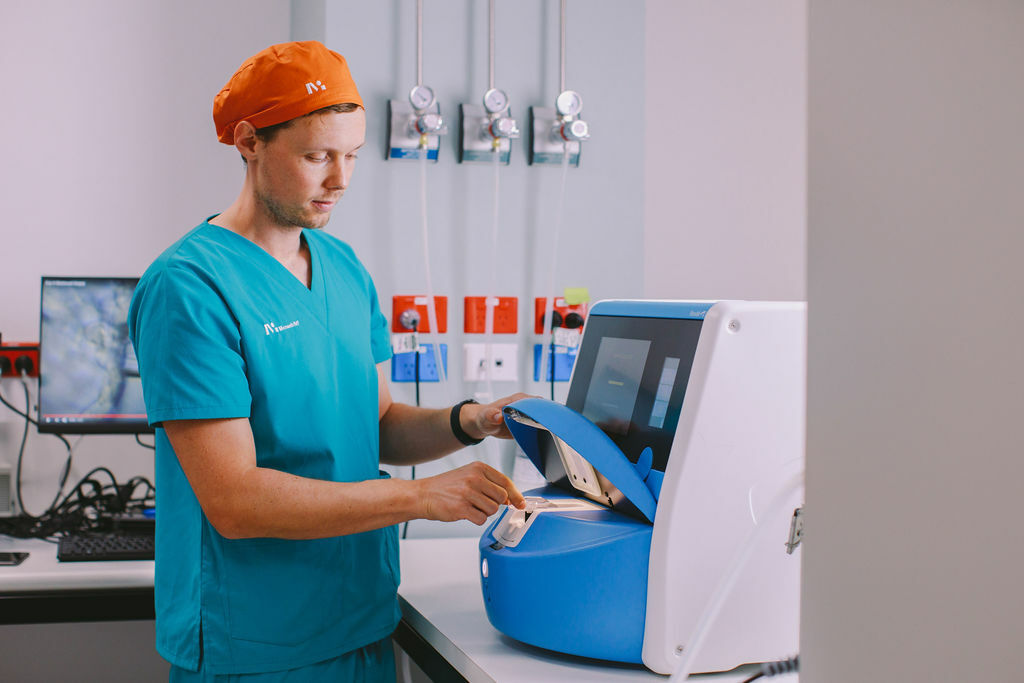How Monash IVF Clinics Keep Track Of Your Eggs, Sperm And Embryos
1 December 2021

1 December 2021

Every year across Australia IVF clinics handle thousands of eggs and sperm (known as gametes) and embryos that are created through fertilisation.
How long they are kept on site really depends on the individual circumstances of each patient. Some gametes might be used within hours of collection, while others are frozen for future use. Embryo storage too can vary from a few days up to several years.
With more than 80,000 assisted reproductive treatment cycles in Australia taking place every year, the safe and secure custody of gametes and embryos is of the utmost importance to us and our patient identification process is extremely stringent.
These are some of the critical processes we have in place and the ways in which we abide by industry’s guidelines relating to the custody and traceability of gametes and embryos.
It’s a privilege to be entrusted with the care and custody of your gametes and embryos and it is never lost on us that every egg, sperm and embryo has the potential to help create a baby.

Wherever you are on your journey, one of our supportive nurse enquiry team members can help you understand your options and take the next step. These conversations are free and informative.